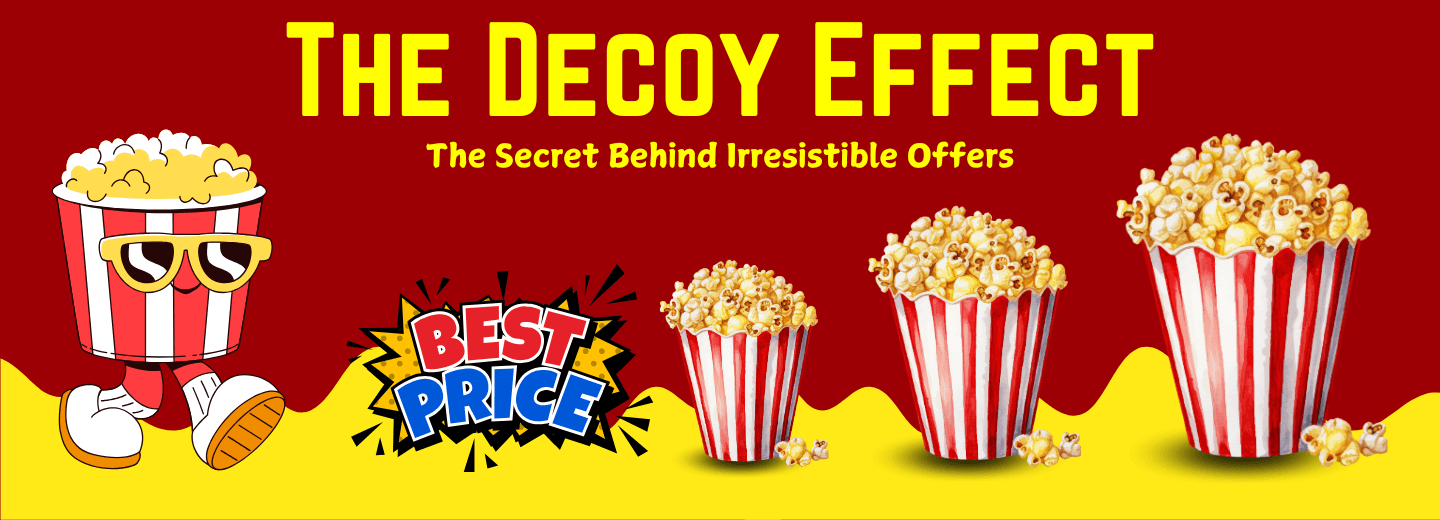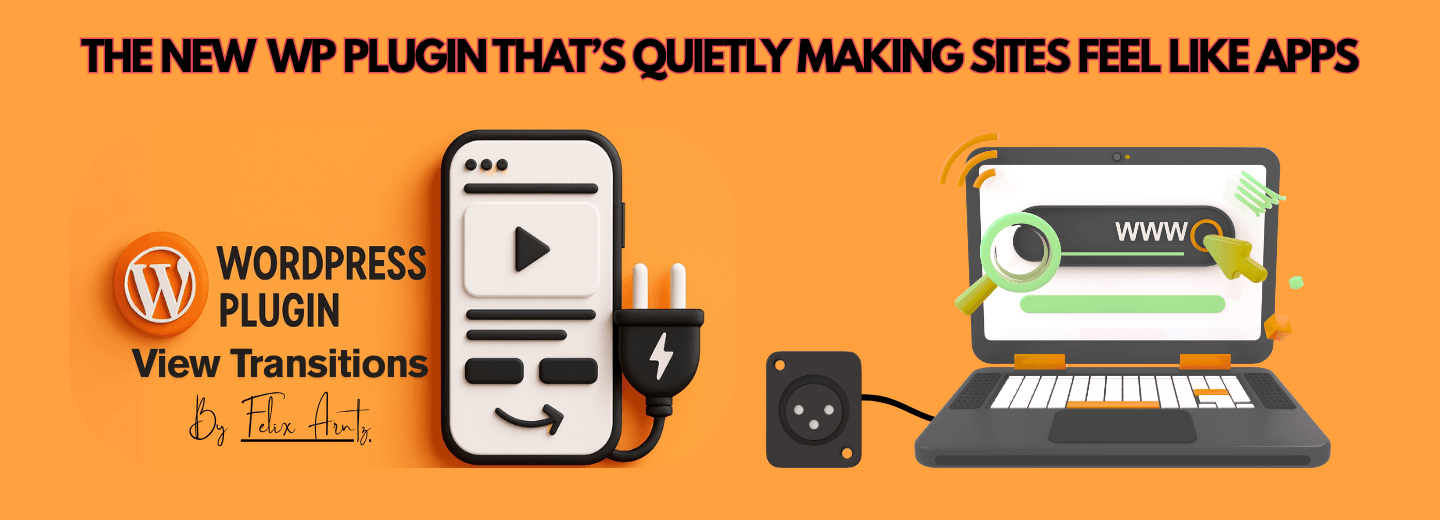Ever been at the movies, faced with three popcorn sizes, and ended up buying the large because it seemed like the best deal? That’s the Decoy Effect at work — a clever marketing strategy designed to influence your decision-making. Let’s explore how this strategy works and why it’s so powerful.
What Is the Decoy Effect?
The Decoy Effect is a cognitive bias where the presence of a third, less attractive option (the decoy) makes one of the other two options appear more appealing. This psychological nudge is used extensively in marketing and pricing strategies to steer consumer choices.
The Popcorn Pricing Trick: A Classic Example
Imagine you’re at the movies. You see the following options on the concession stand:
- Small popcorn: $5
- Medium popcorn: $8
- Large popcorn: $9
At first glance, the medium option might seem unnecessary. Why spend $8 on a medium when you can get a large for just $1 more? That’s exactly the point. The medium serves as the decoy, making the large appear to be the better deal and nudging you to spend more than you initially planned.
How Businesses Use the Decoy Effect
The Decoy Effect isn’t limited to popcorn. It’s a widespread tactic that companies use to guide customer behaviour. Here are a few other examples:
1. Subscription Plans

Think about streaming services or software subscriptions. You might see these options:
- Basic: $10/month
- Standard: $20/month
- Premium: $22/month
In this scenario, the Standard plan is the decoy. It’s there to make the Premium plan look like a steal for just $2 more, even if you don’t need the extra features.
2. Coffee Sizes

Next time you’re at a coffee shop, check out the sizes:
- Small: $3
- Medium: $5
- Large: $6
The medium’s price often serves to make the large look like the better value, influencing you to choose the bigger size.
Why Does the Decoy Effect Work?
The Decoy Effect plays on our natural desire to make rational decisions. When presented with options, we instinctively look for the best value. The decoy provides a point of comparison, simplifying the decision-making process and subtly steering us toward the desired choice.
Psychological Anchoring
Anchoring is a key factor in the Decoy Effect. By placing the decoy option close in price to the more expensive option, marketers anchor our perception of value, making the higher-priced item seem more reasonable.
Simplifying Complex Choices
Humans tend to avoid overly complicated decisions. The decoy simplifies the choice by creating a clear “best” option, even if it’s not the cheapest.
Spotting the Decoy Effect in Everyday Life
Once you’re aware of the Decoy Effect, you’ll start seeing it everywhere. Here’s how you can spot it:
- Look for a third option that seems oddly placed.
- Compare the value of all options carefully.
- Ask yourself if the middle option is influencing your choice more than it should.
How to Avoid Falling for the Decoy Effect
Awareness is your best defence against this clever marketing tactic. When faced with choices:
- Take a step back and consider what you truly need.
- Don’t let the decoy dictate your decision.
- Compare options across different providers or brands to ensure you’re getting genuine value.
The Takeaway
The Decoy Effect is a powerful tool that businesses use to influence your decisions. By understanding how it works, you can make more informed choices and avoid spending more than necessary. Next time you’re shopping, take a moment to identify the decoy — and make your decision on your terms.
For more fascinating insights and tips, visit our blog page and explore a world of engaging content!















